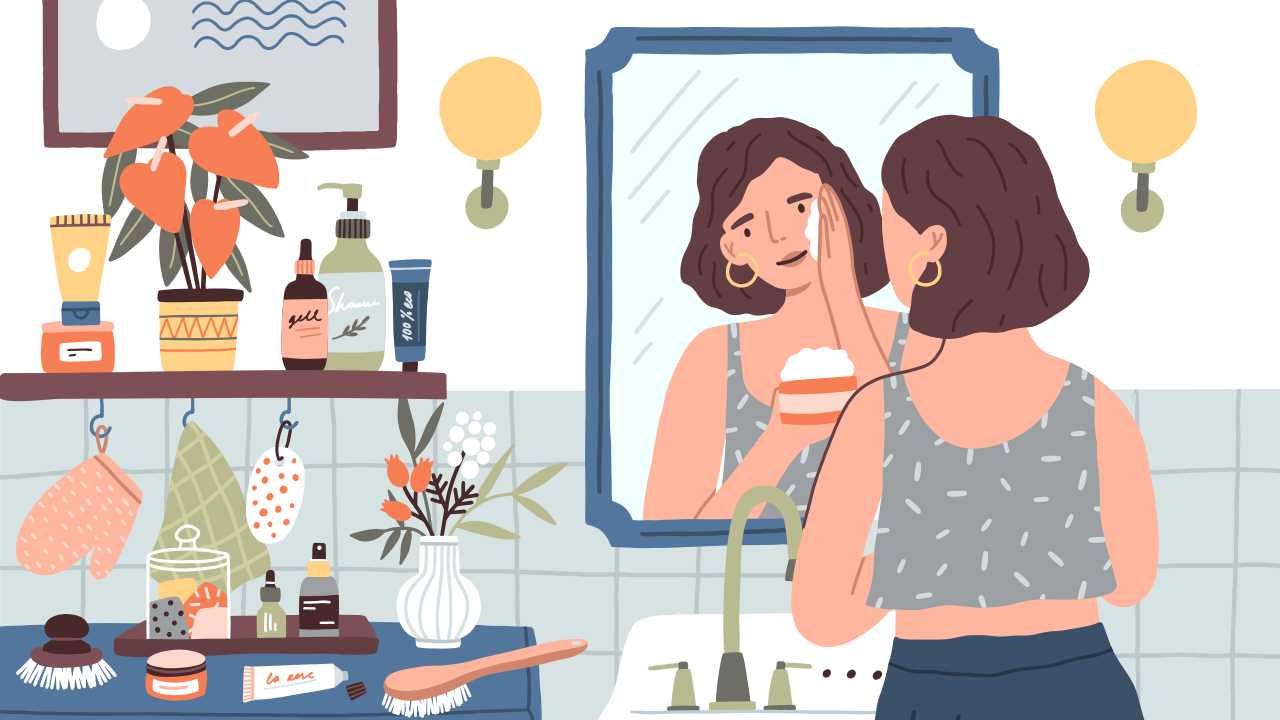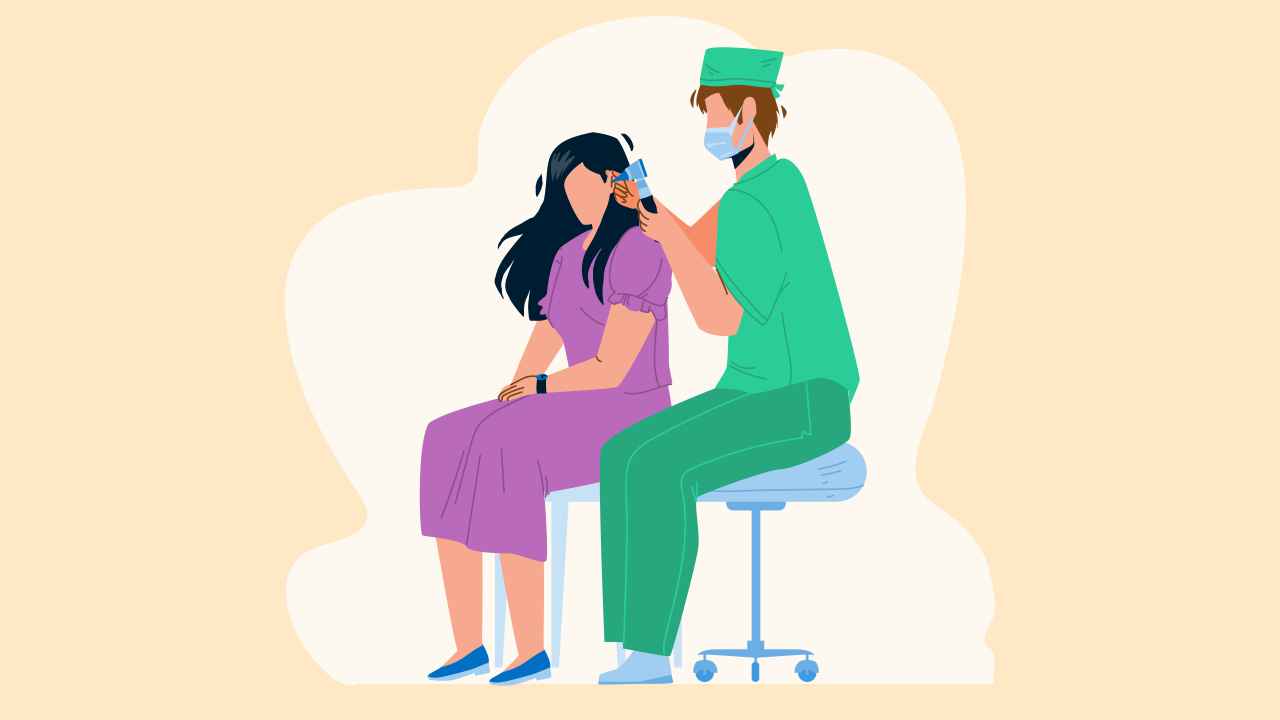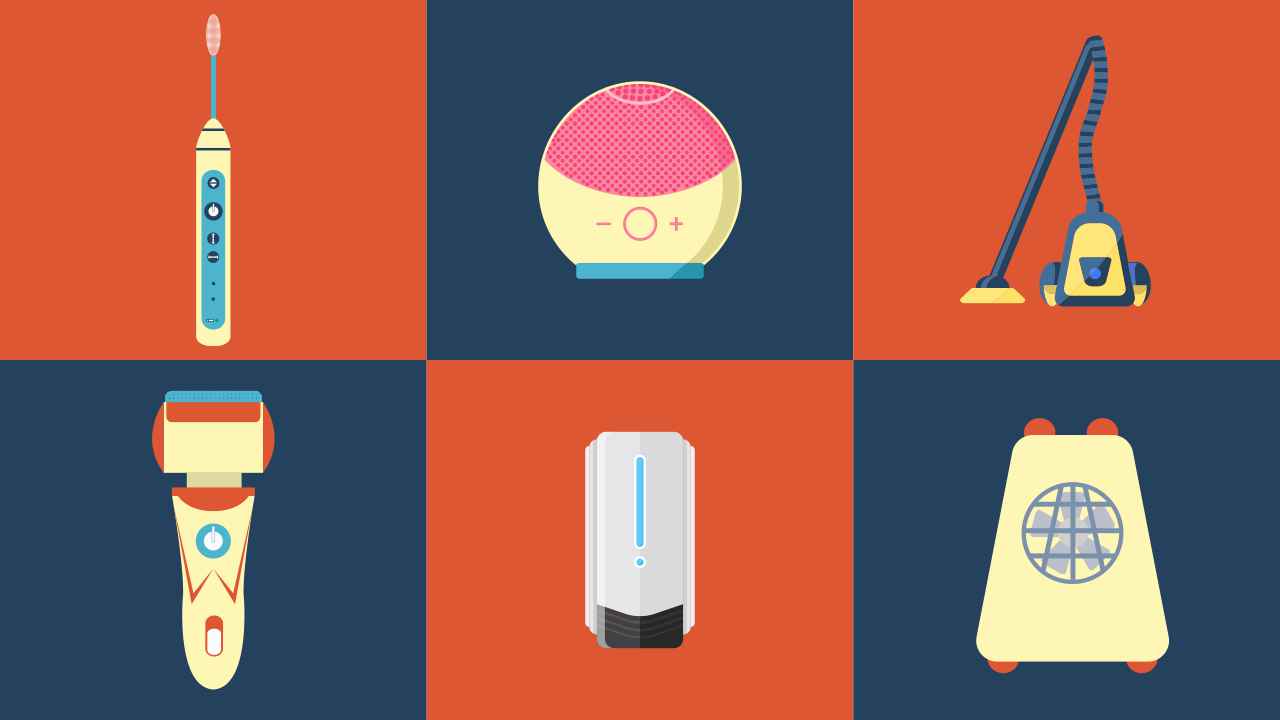
Common Diseases Caused by Poor Hygiene

Good hygienic practices are directly related to health and wellness. Hygiene is not just about being clean, but about maintaining clean living and working conditions, and performing activities and practices that prevent diseases. Poor hygiene can exhibit minor side-effects such as body odor, greasy and dirty skin, foul smelling mouth, and an overall unattractive appearance. But long-term practice of poor hygiene has the propensity to lead to serious health issues and diseases.
What are the diseases caused by poor hygiene?
Here are some commonly caused hygiene-related diseases listed by the Centers for Disease Control and Prevention.
Fungal diseases
1. Ringworm
Ringworm, also known as dermatophytosis or tinea, is a common fungal disease. It manifests as a red and itchy circular rash, hence the name ringworm. Ringworms can be caused by direct contact with the fungi from skin, surfaces, towels, clothes and bedding. Ringworm can occur on foot (tinea pedis), scalp (tinea capitis), groin (tinea cruris), and beard (tinea barbae). The treatment depends on the location of the infection, but generally, dermatologists prescribe antifungal creams, lotions, or powders.
2. Tinea pedis
Tinea pedis is also known as athlete’s foot. It is a skin disease caused by dermatophyte fungi. It manifests as red and itchy skin fissures and scale between the toes. It spreads through contact with the infected person and indirect contact with the fungi in the damp areas. Dermatologists prescribe topical creams or anti-fungal medicines. It is usually seen in people who wear shoes for prolonged periods of time and work in hot environments, e.g., sports persons, factory workers, and army recruits. Tinea pedis can be prevented by maintaining foot hygiene, that is, keeping feet clean and dry and nails short and clean, alternating shoes, wearing clean socks that are made of breathable fabric, and changing them frequently.
Bacterial diseases
1. Trachoma
Trachoma is caused by Chlamydia trachomatis and is the leading cause of preventable blindness due to infectious diseases in the world. Trachoma manifests as itching on cornea and eyelashes followed by scarring of cornea and leading to permanent blindness in severe cases. The infection is spread by direct contact with the infected person or by sharing towels, clothes, and flies that have come in contact with the infected person. Around eight million people are visually impaired due to trachoma globally. The World Health Organization has developed a strategy to treat, prevent and eventually eradicate trachoma — S.A.F.E. where,
- S stands for surgery to correct blindness
- A stands for antibiotics to treat infection
- F stands for facial cleanliness
- E stands for environmental cleanliness
2. Typhoid fever
Typhoid is also known as enteric fever and is caused by Salmonella typhi. It impacts 21 million people globally each year. It manifests as fever with temperature from 39° to 40° Celsius, rose-colored rash on the neck and abdomen (not very evident in dark skins) and a white coating on the tongue. It may also show symptoms such as weakness, abdominal pain, vomiting, loss of appetite, and diarrhea or constipation. The symptoms generally show six to 30 days after bacterial exposure. It spreads through contaminated food and water and by contact with infected persons. The bacteria are shed in the fecal matter of the infected individuals and can enter the food supply.
In many cases, the infected person does not show any symptoms, but is capable of transmitting the infection to others through unwashed hands and unhygienic ways of handling food items
Typhoid can only be treated with antibiotics and it is important to complete the prescribed dose, or else it will result in antibacterial resistance. It can be prevented by boiling the water thoroughly, eating well-cooked food, avoiding street food, and practicing general hygiene such as washing hands before and after eating and using the washroom.
3. Cholera
Cholera is caused by Vibrio cholerae. According to the World Health Organization, globally 1.3 million to 4 million cases are reported every year. Cholera manifests as white watery stools, vomiting, and dehydration. Dehydration leads to dry mucous membranes, rapid heart rate, low blood pressure, muscle cramps. With increase in severity, cholera can be fatal. Symptoms take 12 hours to five days to appear upon exposure with the bacteria. It spreads through contaminated food and water.
Cholera can be prevented by consuming clean boiled water, washing fruits and vegetables with clean water, following good sanitation practices, and general hygiene such as proper storage of food, washing hands before and after eating, and after using the washroom.
4. Dental caries
Dental caries, also known as tooth decay, is caused by Streptococcus mutans. This disease manifests as breakdown of the tooth enamel (the shiny upper surface of the tooth) by breaking down food and liberation of acid by the bacteria. Nine out of 10 adults are affected by tooth decay globally. The best way to prevent tooth decay is maintaining oral hygiene such as brushing and flossing properly, using fluoride based toothpaste, visiting dentists regularly.
Also read: Poor Hygiene: Bad Habits You Should Avoid
Parasitic disease
1. Scabies
Scabies is caused by infestation of mites, scientifically known as Sarcoptes scabiei. It manifests as a pimple-like rash with intense itching especially between webs of fingers and skin folds. The mites use the host skin to lay eggs and nourish themselves. It is spread by direct contact with the infected person. It can be prevented by practicing sound personal hygiene and by avoiding the sharing of clothes, towels, and bedsheets with the infected person.
2. Body and head lice
Body lice, scientifically known Pediculus humans corporis, is a parasitic infestation. The adult lice are 2.3mm to 3.6mm in size. These live and lay eggs on clothes and move on the skin only to feed. It is spread by direct contact with the infected person and occurs mostly in overcrowded areas with poor hygiene. These lice survive on the head and neck and feed on the human blood. Body lice are also spread by human contact. Another variant of the disease is pubic lice or crabs or Pthirus pubis. These are found in the coarse hair on the body such as the pubic region, eyebrows, eyelashes, beard, moustache and armpits.
These infestations can be prevented by maintaining hygiene practices such as bathing regularly, washing clothes, changing bedding, not sharing clothes, beds, towels, combs, scarves, etc. with infected individuals, fumigating the area or vacuuming regularly, and avoiding sexual contact with an infected person. Treatment of lice infestation is by use of chemical agents, which either stun or kill the lice. Repeated applications might be required to remove the eggs and also the lice hatching through the eggs.
3. Pinworms
Pinworms, scientifically known as Enterobius vermicularis, are small white roundworms that thrive in the colon and rectum of humans. The infection is very common in children. When the infected person sleeps, the female pinworm moves to the anus to deposit their eggs in the surrounding skin. This infection manifests as itching and scratching in the anal area.
Every time a person scratches the skin around the anus, the eggs and larvae get transferred to his or her fingers, which re-enter the body through food if hands are not washed properly before eating. They can also be transmitted through infected furniture, toys, and bathroom fixtures. Pinworm infection can be controlled by observing a hand-hygiene practice, such as washing hands after every activity performed, keeping short nails, avoiding nail biting, and scratching the perianal area. It also includes taking a bath daily and not sharing clothes. Treatment is by anthelmintics, which are given in 2-3 repeated doses over a period of 4-8 weeks.
As you see, poor hygiene practices and an unclean environment can lead to a variety of avoidable diseases and infections. Practice cleanliness as part of your daily routine to lead a long, disease free, and healthy life.
References
1. Hygiene-related Diseases. Centers Disease Control and Prevention. https://www.cdc.gov/healthywater/hygiene/disease/index.html (accessed March 16, 2021).
2. Athlete’s Foot (tinea pedis). Centers Disease Control and Prevention. https://www.cdc.gov/healthywater/hygiene/disease/athletes_foot.html (accessed March 16, 2021).
3. Fungal diseases. Centers Disease Control and Prevention. https://www.cdc.gov/fungal/diseases/ringworm/treatment.html (accessed March 16, 2021).
4. Scabies. Centers Disease Control and Prevention. https://www.cdc.gov/healthywater/hygiene/disease/scabies.html (accessed March 16, 2021).
5. Body Lice. Centers Disease Control and Prevention. https://www.cdc.gov/healthywater/hygiene/disease/body_lice.html (accessed March 16, 2021).
6. Head Lice. C Centers Disease Control and Prevention. https://www.cdc.gov/healthywater/hygiene/disease/head_lice.html (accessed March 16, 2021).
7. Trachoma. Centers Disease Control and Prevention. https://www.cdc.gov/healthywater/hygiene/disease/trachoma.html (accessed March 16, 2021).
8. Pinworms. Centers Disease Control and Prevention. https://www.cdc.gov/healthywater/hygiene/disease/pinworms.html (accessed March 16, 2021).
9. Dental Caries (Tooth Decay). Centers Disease Control and Prevention. https://www.cdc.gov/healthywater/hygiene/disease/dental_caries.html (accessed March 16, 2021).
10. Jong EC. 66 – Enteric Fever: Typhoid and Paratyphoid Fever. In: Jong EC, Stevens DL, eds. Netter’s Infectious Diseases. Philadelphia: W.B. Saunders, 2012: 394–9.
11. Cholera. World Health Organization. https://www.who.int/health-topics/cholera#tab=tab_1 (accessed March 23, 2021).
12. Newman T. What you need to know about typhoid. Medical News Today. https://www.medicalnewstoday.com/articles/156859#:~:text=Typhoid is a bacterial infection, where handwashing is less frequent. (accessed March 23, 2021).
13. Typhoid Fever and Paratyphoid Fever. Centers Disease Control and Prevention. https://www.cdc.gov/typhoid-fever/symptoms.html (accessed March 23, 2021).














